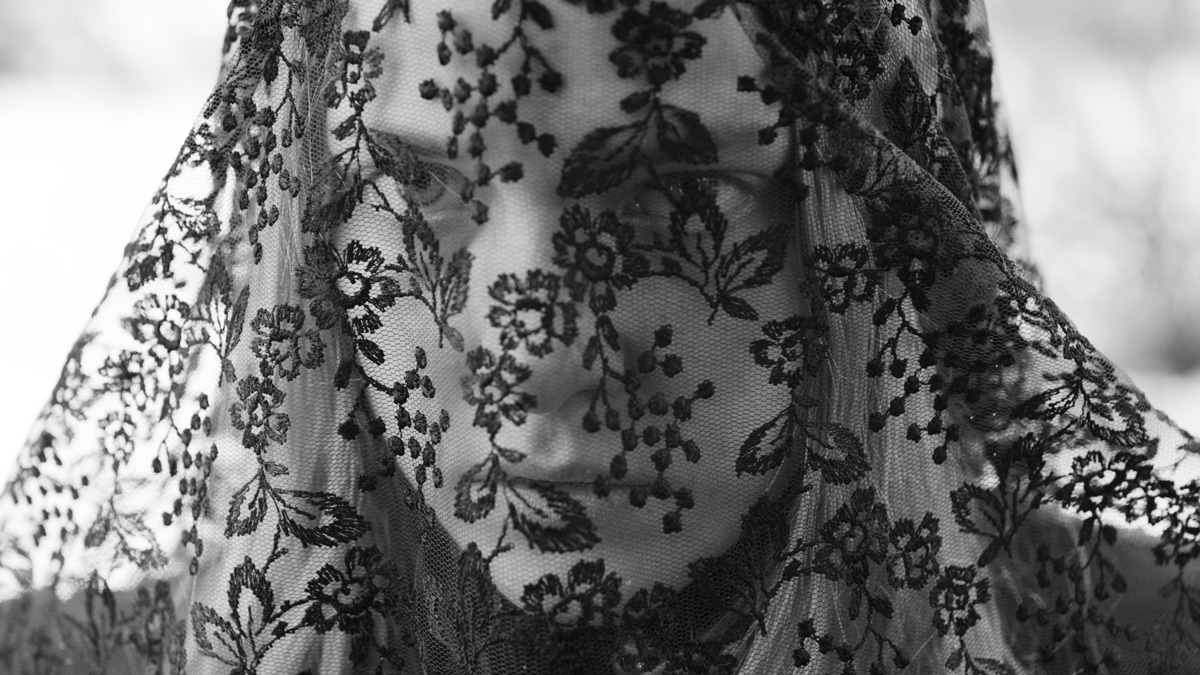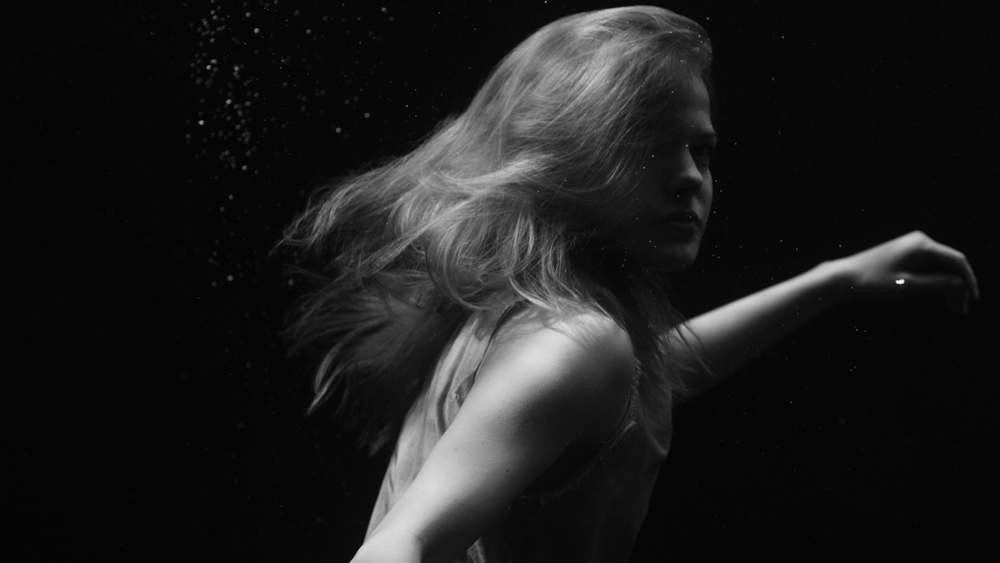
(C)Homeless Bob Production,PRPL,Opus Film 2017
“November” A tombstone of unrequited love etched with unparalleled whiteness
2022.11.01
immortal poet
Rainar Sarnet cites Jim Jarmusch's Dead Man (1995) and Sergei Parajanov's The Color of Pomegranates (1969) as films that inspired November. Dead Man is a beautiful black-and-white film starring Johnny Depp, sprinkled with poems by William Blake. The Color of Pomegranates depicts the life of Armenian bard Sayat-Nova with decorative beauty of color. Both are masterpieces that attempt to preserve immortal poets and immortal poems through the magic of film. Dead Man in particular had a major influence on this film in its aesthetic aspect, combining monochrome images with the reverberation of electric guitars.
The 19th century Estonian rural landscape photographs taken by photographer Johannes Pauske were also a major clue for the film's visuals. The legendary Estonian film "Libahunt" (1968) by Leida Laius was also the biggest influence. Rainar Salnett also cast Ene Rämmeld, who starred in this bizarre black-and-white film about witch hunting and werewolves, in his own film "Where Souls Go" (2007).

“November” (C) Homeless Bob Production, PRPL, Opus Film 2017
Hans, a young man in "November," obtains Kratt by making a deal with the devil. Kratt, a snowman-shaped creature who knows the poet's words, gives Hans love advice. Hans plans to use Kratt to take away the baron's daughter, but is rejected, with the excuse being, "You cannot steal a human being." A person's heart cannot be stolen. It is an inviolable territory that no one can steal. "November" attempts to recreate a new magic - poetry - in the absolute territory where a deal with the devil cannot be made. And in the deepest part of the absolute territory, deeper than the sea, lies Lina's solitary thoughts.
Kratt's story of lovers rowing a boat on a Venetian canal is endlessly beautiful. It is a magical and fantastical scene, as if a screen had suddenly appeared in the middle of the night in the forest. Hans looks up at this "screen" with a dreamy expression. The lovers are boating in a medieval-like canal scene, and are destined to be separated. The man gives the woman a ring, with which he expresses his feelings. The woman throws the ring into the river. "If I can't be with you, I don't want the ring." At this point, the story splits into two. One is the story of the lovers. The other is the story of the soul that will reside in the discarded ring. The ring becomes an immortal poem.
Grave marker of unrequited love: White ritual

